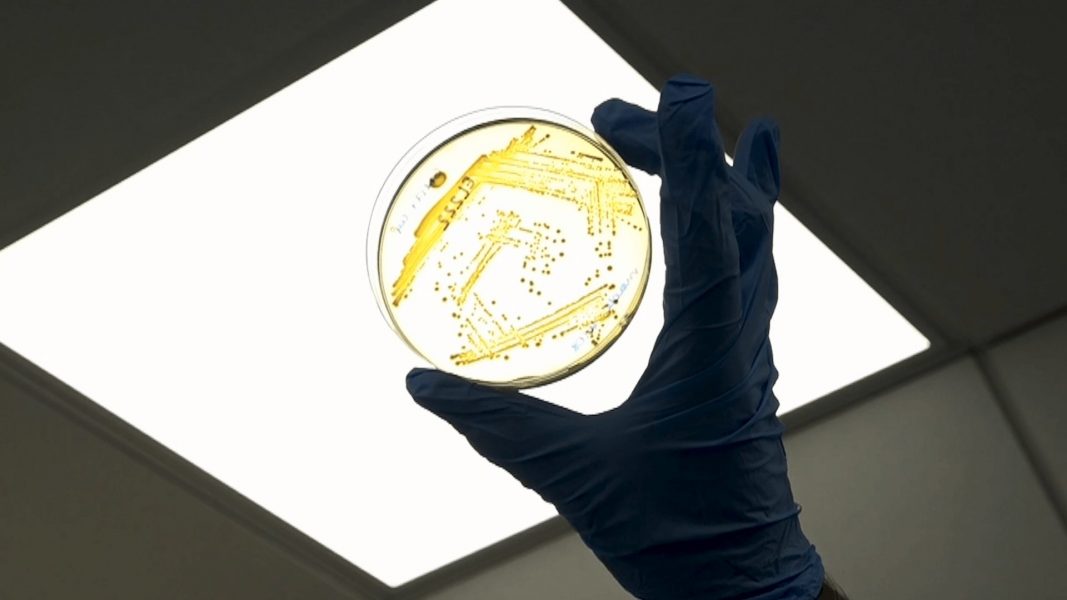With an aging global population, controlling stem cell growth is increasingly important for combating degenerative bone disease. However, the complex biological processes involved make achieving this control a challenge.
In Advanced Materials, Professor Matthew J. Dalby and Professor Manuel Salmeron-Sanchez from the University of Glasgow, and their co-workers present bacteria-based materials for the engineering of human mesenchymal stem cells, or hMSCs.
Dr. Jake J. Hay: “Human mesenchymal stem cells have the potential to become a variety of different human cell types, including bone. We have developed a new material coating, made of non-pathogenic bacteria, to direct these human stem cells to bone cells.”
The bacteria, Lactocuccus lactis, can colonize various material surfaces including polymers, metals, and ceramics.
Dr. Jake J. Hay: “This living material of non-pathogenic bacteria has been genetically engineered to secrete proteins into its surrounding environment and to express proteins on the bacterial surface, to help attach these human cells, like Velcro, to the bacteria. Then, the secreted proteins are turned on, in a user-controlled system, where we actively feed these human cells the bacterial bone protein for successful differentiation of the human cells to bone.”
To find out more about bacteria-based materials for stem cell engineering, please visit the Advanced Materials homepage.

















